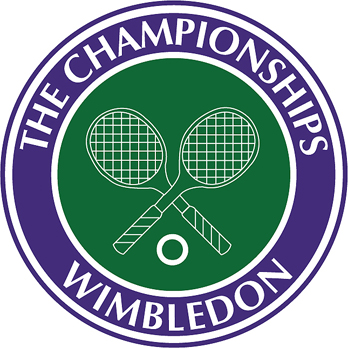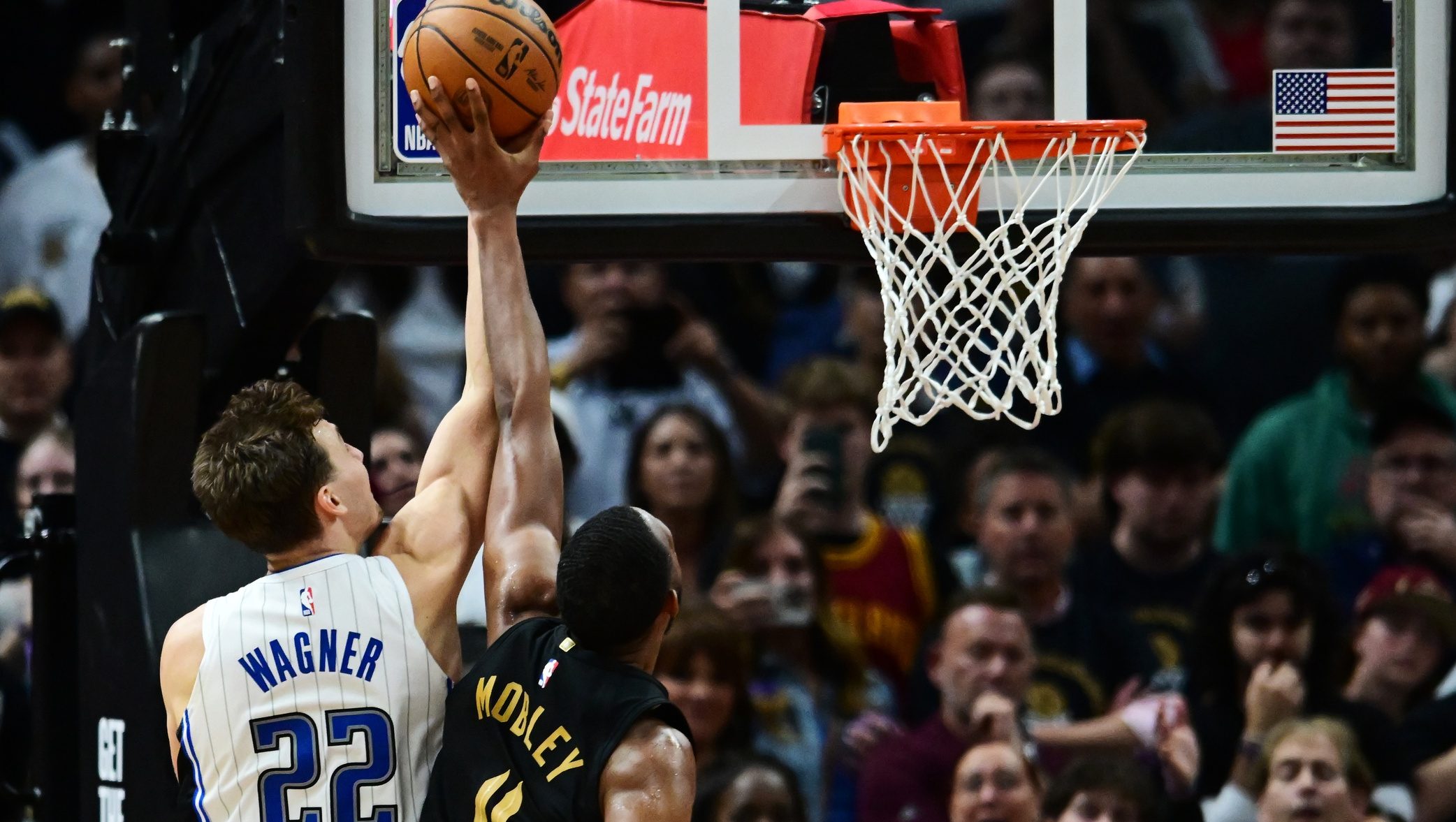WHEW!
Tired? It’s hard to cover a tennis tournament in a manner that satisfies all sorts of fans. That much should be said on ESPN’s behalf. When a network pulls away from a star player’s match because other matches are closer on the scoreboard, fans of that star player get upset. Yet, many tennis fans want to see the close matches rather than a star player’s match if that star player is leading 5-1 in a set or by a two-set margin, even if the third set is close.
What ultimately emerges from week one is nothing different from what was said here during the French Open: Covering a major tennis tournament on TV requires two live channels at the same time. One channel should be reserved for superstar matches on show courts, with features and off-court commentary in between the matches. The other channel should be reserved for the quick-hitting whiparound coverage that gets to every close match at every urgent moment over the course of a day’s play. ESPN, it is worth noting, will employ this very practice Monday through Wednesday (and if the schedule is backlogged, possibly on Thursday) during week two of Wimbledon.
The next step for ESPN in 2015 — when it won’t have the World Cup to worry about — is to give two-channel coverage, on ESPN and ESPNEWS, to week one of Wimbledon. A superstar channel and a whiparound channel will solve so many of the issues and conflicts mentioned above.
What particular verdicts should be rendered on ESPN’s handling of week one?
Here are the highlights:
The network was especially strong in sticking with the Novak Djokovic injury scare on Friday. That was breaking news, and ESPN was all over it. The WorldWide Leader’s best week-one moment came at that point of its week-one coverage.
ESPN also excelled at a few points on Friday, getting set or match conclusions at three different matches within three minutes. The network’s handling of tight matches on Wednesday (around 8:30 and then 10:30 a.m. Eastern time) was also first-rate. ESPN does a far better job than Tennis Channel of shipping viewers to close matches at the ends of sets, a fundamental responsibility of a television broadcaster.
What also deserves to be said in praise of ESPN’s coverage is that it was willing on multiple occasions to break away from superstar matches to show set or match conclusions in other matches. This is not a reflexively or culturally easy thing to do, but ESPN made some strides in the right directions, particularly when it showed the end of the Gasquet-Kyrgios fifth set during the Nadal-Rosol match on Thursday. Another bold stroke by ESPN was showing Raonic-Kubot tiebreakers during the Serena-Cornet match on Saturday. Majors can’t be all about single matches. Yes, compelling feature matches ought to retain centrality, but quick look-ins of other matches at important times tell viewers that the sport, not just superstars, is what’s being covered. That’s the way it’s supposed to be.
*
Now, what about the lowlights of ESPN’s coverage from week one?
The worst mistake, by far, was interrupting a match point (in Nishikori-Bolelli on Saturday) for the start of Serena’s press conference following her loss. It can safely be said that a match point should never, ever be interrupted unless an equally or more significant match point exists elsewhere. This is not a debate.
Another particulary unpardonable move was the black-holing of one of the most anticipated women’s matches of week one, the third-rounder on Saturday between Ana Ivanovic, a major champion, and 2013 Wimbledon runner-up Sabine Lisicki.There’s no excuse for black-holing an important match. What adds to the enormity of ESPN’s error here is that Lisicki’s Wimbledon semifinal was pre-empted last year for Bryan brothers men’s doubles coverage. ESPN can’t treat an accomplished singles player and her important matches in such a fashion.
Third, ESPN twice interrupted live tennis to do live interviews with players (Victoria Azarenka earlier in the week, then Maria Sharapova on Saturday, during Serena’s match against Cornet). It’s not a close call: ESPN can run interviews when the day of play is over, or at the very least, it can show live tennis while running the audio of the live interview. This. Is. Not. Hard.
*
Here are a few closing suggestions for ESPN, in light of the fact that it has not yet secured a two-live-channel arrangement with ESPNEWS or one of its other secondary channels (ESPN Classic, perhaps?) for future Wimbledons:
1) Interact with viewers on social media and ask them, in the heat of the moment, if they’d prefer a cutaway to an outer-court match near the conclusion of a set. Getting live feedback at least keeps tennis fans in the conversation about when to cut away from a match and when to stick with it.
2) Be up front with viewers on the air — be candid in saying that you’re making a decision because you think it’s important. Many viewers might disagree, but if you’re more up front instead of simply making a decision in a meeting behind closed doors, you’ll win more respect, not less. This kind of candor also brings viewers to the table instead of pushing them away and making them feel smaller.
3) When you don’t show an outer-court match for the first two and a half sets (women’s tennis) or the first four sets (men’s tennis), cutting away to the very conclusion feels substantially more disruptive and disjointed. An example was the Nishikori-Bolelli match on Saturday. Had viewers gotten even a small taste of the match at earlier points, a cutaway would have seemed more natural — viewers would have felt that they were a part of the match. Cutaways to previously ignored matches upset the flow of coverage. This dynamic was also in evidence in the treatment of the Andrey Kuznetsov upset of David Ferrer, just to provide a second example.
4) Conversely, when you show an outer-court match in its earlier stages, ignoring that match in a final set rankles viewers all the more. A good example of this was the Azarenka-Jovanovski match, which was seen only in small bits during the third set. A better example was the Torro-Flor-versus-Venus-Williams match, extensively covered for much of the first two sets but then largely abandoned in the third until Venus had already made her move and was almost at the finish line.






Comments are closed.